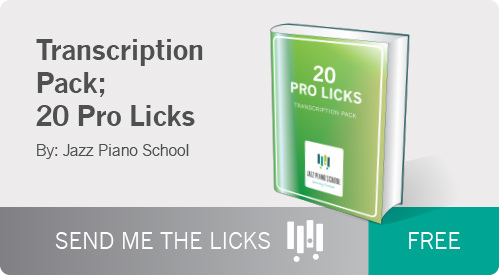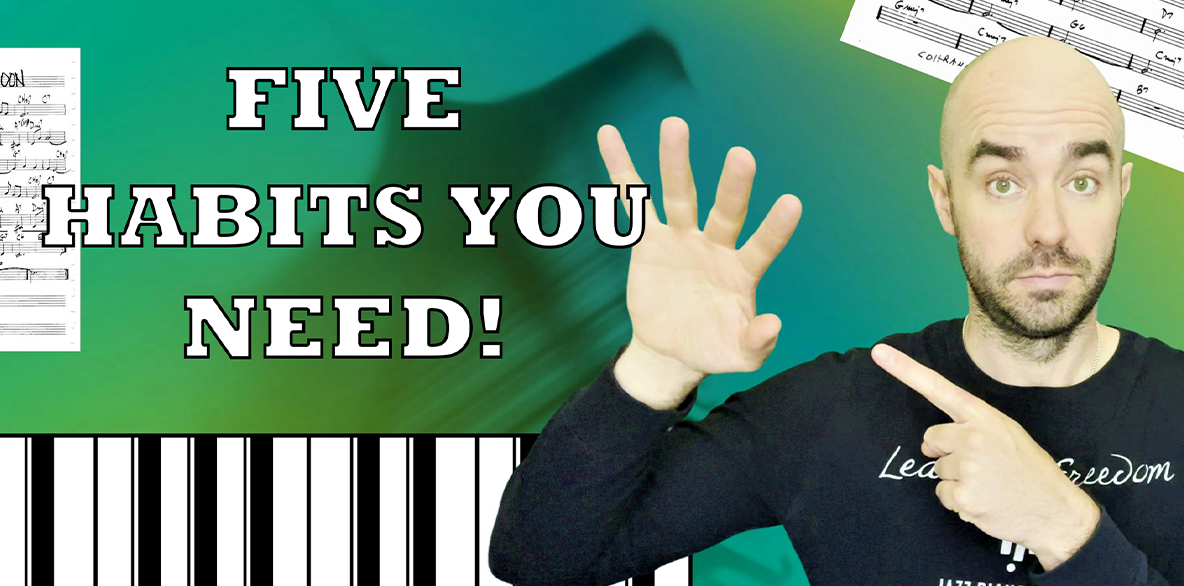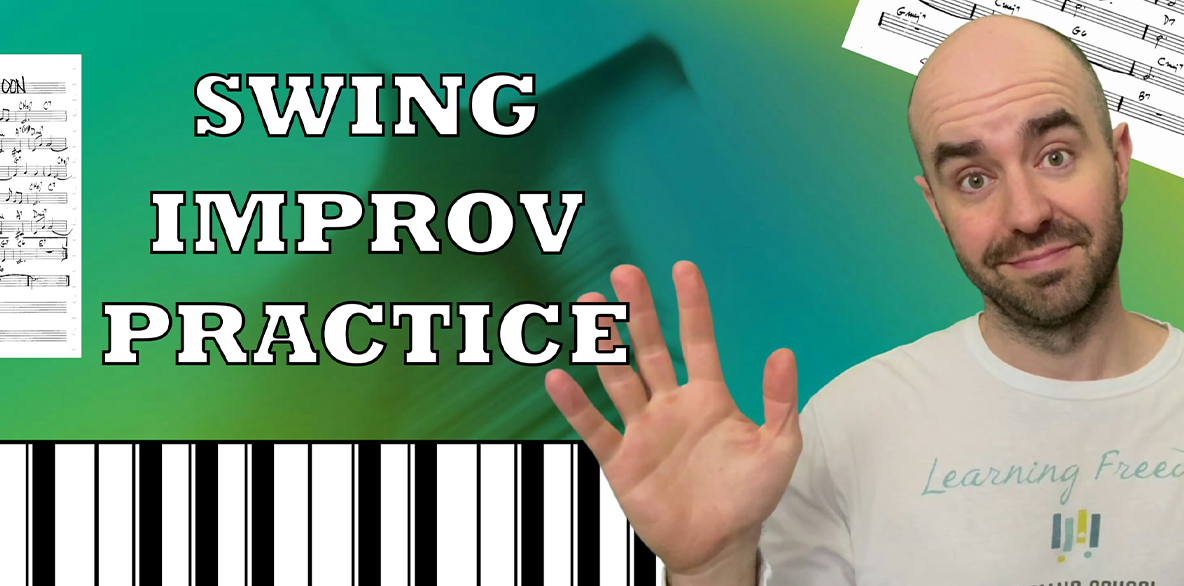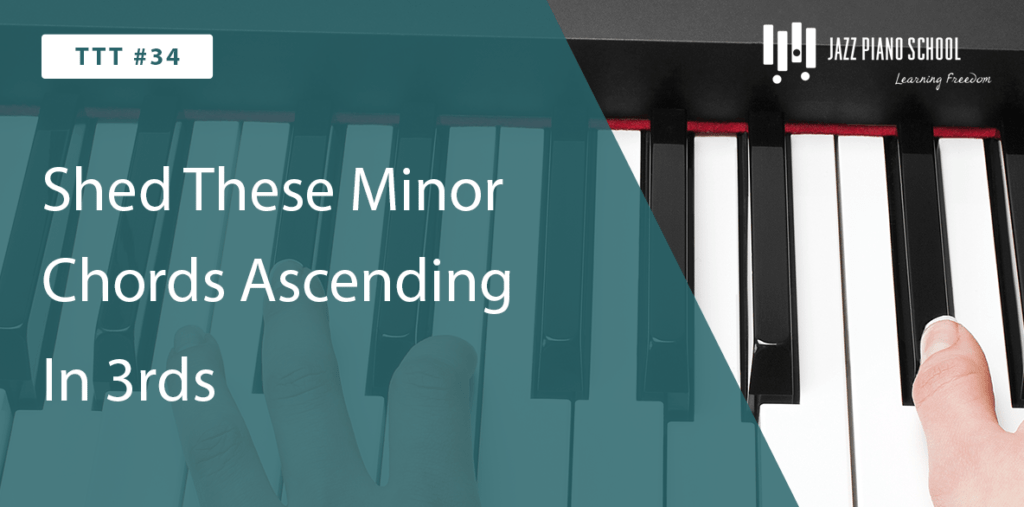The great jazz educator and drummer Justin DiCioccio has one simple motto: “make everything in life feel like a groove.” This is actually a deceptively simple token of advice, commenting on finding peace and stability in the hardest of times. But, taken on a surface level, this philosophy also happens to be a pretty spot-on mission statement for another genre of music, outside of the strict historical pantheon of jazz, though they share almost all the same roots.
I’m referring to funk, of course, the irresistibly frenetic style of music which arose through jazz and rhythm and blues in the late ‘60s, and grabbed pop culture by the jugular for another 20 years after that. And when it comes to funk music: groove is the goal. Now before you jump down my virtual throat, allow me to clarify; this is not to say that Rock, Country, Hip-Hop, Afro-Cuban, etc. do not take groove seriously or have compelling rhythmic components in their own rights—they absolutely do. However, the phenomenon of funk is a singularly rhythmic one.
Funk basically took everything that popular African American music was doing in the 1960s and stripped it down to the purely rhythmic elements. There was far less of an emphasis on melodic/harmonic aspects of a given song, and the primary focus was drawn to those most oft-neglected of instruments: the bass and drums. Far different from the musical philosophy of say, Miles Davis, who encouraged his band members to explore constantly and always find new places to go in a given song; Funk is about finding something that feels good and keeping it right there. More physical than psychological, the goal (for both musicians and listeners, I might add) was to find the most appealing and infectious groove, and attempt to ride it as long as possible with as little deviation as possible. But rather than try to describe it, I’d rather give you all a few examples of songs that exemplify the genre and then point out what’s happening in the ensemble so as to try to better understand how to recreate these most odorous of grooves:
“It’s Your Thing,” The Isley Brothers (1969)
This Isley Brothers single is credited as being one of the earliest pure funk records, and was hugely influential to the genre—eventually being referenced and interpolated into James Brown’s “It’s My Thing.” The drum groove, while admittedly not all that interesting or innovative, holds the pocket down and rarely deviates, only opening up the hi-hat on the chorus and then tightening up on the verses. But the major takeaway here is how tightly arranged the entire record is. Here you have lead vocals, horns, background vocals, constantly interacting and vying for the attention of the listener. The guitar is also arguably as important here as bass and drums (which is often the case in funk ), delivering a perfectly in-the-pocket verse riff and then opening up on the choruses. And sure enough, the harmony does not stray from that F7 chord for the entirety of the song.
“Thank You (Falettinme Be Mice Elf Agin),” Sly and the Family Stone (1969)
While the Isley Brothers have arguably navigated two or three different subgenres over their career, Sly and the Family Stone have never left the funk world, and are one of the defining musical groups of the style. Recorded in the same year as the last example, you can see a lot of similarities. Form-wise, you have: verse, chorus, instrumental break, etc. and all over that same unshakable F7. But whereas the arranging style of the Isley Brothers track had more of a call and response dynamic to it, this record is far more layered. Right off the bat you hear a very prominent bass riff (slapped, which is another hallmark of the genre). It’s way up in there in the mix, and its also an octave higher than you might normally expect to hear such a bass line, this is part of the DNA of the song. Then you have an equally punchy guitar line entrance, followed by various syncopated horns (saxes and brass counterpoint). None of these elements are really waiting for the others to get out of the way, but rather all just thrown into one giant mix, like musical jambalaya.
“Get Up (I Feel Like Being Like a) Sex Machine,” James Brown (1970)
You simply cannot even think about the word funk without immediately thinking of this man. Nicknamed the “Godfather of Soul,” (and we don’t have time to unpack the subtle distinctions and intersections between soul and funk), the legacy and impact he brought to groove-based music is unparalleled. Let’s talk about what’s going on here: first we have a spoken intro by the man himself, complete with an (out of time) count-off, which nonetheless adds theatricality and loads of energy to the song. This is immediately followed by a classic James-ism, in which the entire ensemble hammers out unison eighth notes (which are, curiously enough, slightly faster than the actual tempo) before settling into the actual pocket. The bass line here, though prominent, is much more nuanced than the verbatim ostinato that we had in the Sly cut. Guitar is playing a classic James Brown figure, in which he outlines the b7-9-5 but hammers-on up to the 13 and back down again. Here we also have a bridge section, which is harmonically nothing crazy at all (a tried-and-true IV major chord), but it is in the placement and amount of tension built before its arrival that gives it its power (well, that and James announcing “take em to the bridge!”).
So What’s The Takeaway?
So now that we’ve gotten a brief history lesson and broken down some arrangements, what do we do with this information? How can a non-funk musician utilize these tools in his/her own art? Well, as with anything, I think it’s important to judge it with a sense of context. Funk is intrinsically a dance music. And it’s wildly effective as one. It’s also something that more or less has to be experienced to be understood, rather than explained. So if you come at it looking for some of kind of intellectually stimulating statement, you’re likely going to be disappointed. But if you treat it as a wildly disciplined (if you’ll pardon the oxymoron) exercise in rhythm and groove, it’s incredibly educational, and I think that you’ll find it will inform your playing, regardless of what genre. After all, jazz is such a diverse and flexible art form that is so open to fusion and cross-genre collaboration, that to remain in one box for too long will only stifle your creative abilities (if you don’t believe me, look at Herbie Hancock). Does funk have enough going on as a genre to be as culturally and historically significant and lasting of an art form as jazz? In my opinion; not necessarily (though its legacy continues to impact artists of all genres). But that’s no reason not to take the lessons it has to offer to heart, and, in the words of the godfather himself, “get on up.”















3 Responses
The material was great you presented .i wish the example had a little more explation I am still trying to figure out This is where music is today so I am glad you gave us a glimpse I have studied with some great pianist in New York but they are still teaching the same o same oMy question is are you offering the funk class This is the real McCoy and I do mean McCoy Tyner left me go back to the video and see if I can get some more info please let me know how I can study the material offered
One must remember with Funk there are a lot of people playing on the track, and also live. For example, the guitars on the Sly and the Family Stone track. There are 3 of them playing what one could play. But if one were playing, it wouldnt be funk. They each have their own small part in a 2 bar vamp. The one that plays on the 3 and, of the second bar of the 2 bar vamp, is very characteristic of funk. It is heard on many records of that period. Usually the bass leaves a gap there. The horns play stabs almost like the guitars. So it is real teamwork. Many players each doing their little bit to get the groove. Most of it is syncopated. Check out I got the Feeling by James Brown or From the Love Side by Hank Ballard for the MOST syncopated.
The writer says the Sly track is in F. I think that is what he is saying. The track is in E. A lot of those tracks were in E, because you could then play the open E string on the bass. That is the lowest note on the bass. The idea was to get the bass deep. Check out Dazz by Brick.